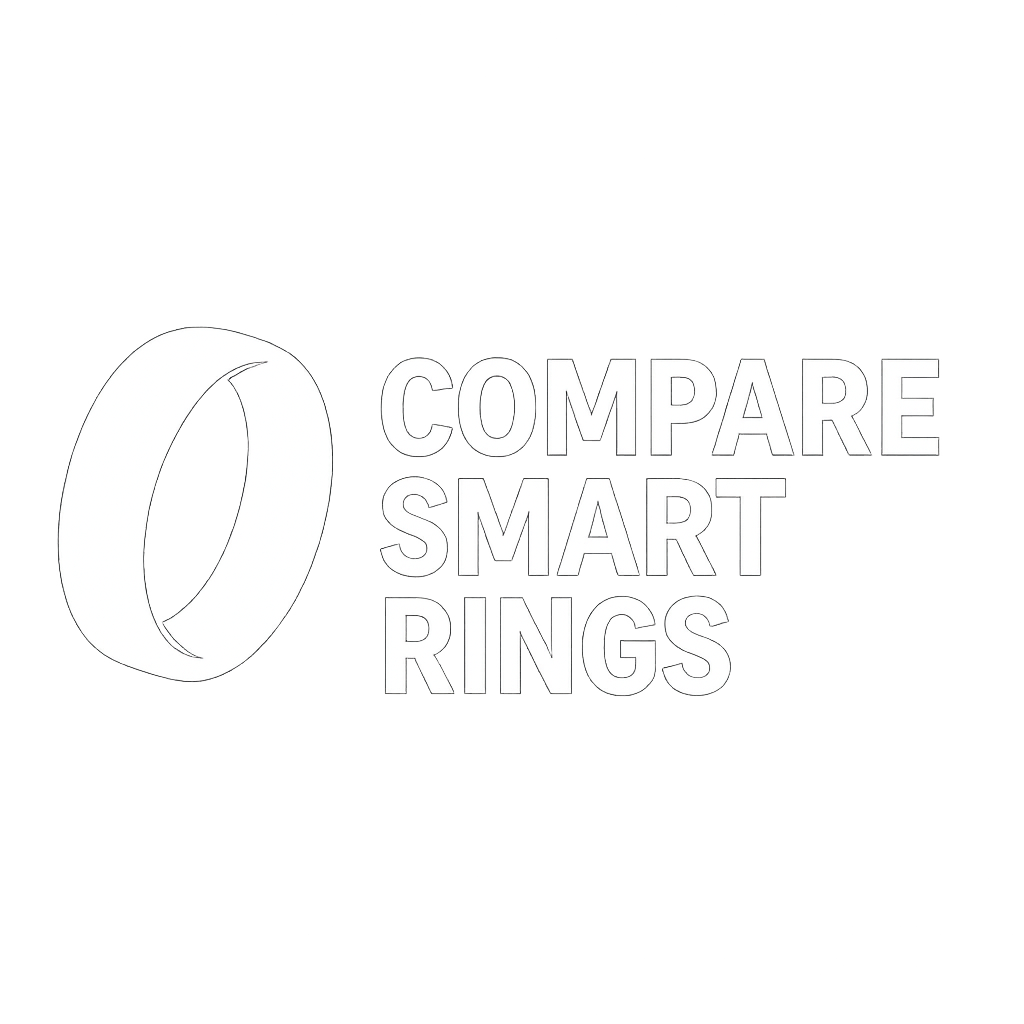Oura Ring 4 vs Oura Ring Gen 3 — The 2025 Upgrade Guide
Thinking about jumping straight to the brand-new Oura Ring 4 or squeezing another year out of your trusty Oura Ring Gen 3? This definitive, sensor-by-sensor breakdown highlights every upgrade so you can decide with confidence.
1. Spec Sheet at a Glance
| Feature | Oura Ring 4 | Oura Ring Gen 3 |
|---|---|---|
| Release Date | Oct 2024 | Nov 2021 |
| Battery Life | Up to 8 days | Up to 7 days |
| Width / Thickness / Weight | 7.9 mm / 2.88 mm / 3.3–5.2 g | 7.9 mm / 2.7–2.9 mm / 4–6 g |
| Material | Full titanium (inside + out) | Titanium exterior, epoxy interior |
| Sensors | 18-path multi-wavelength PPG + Smart Sensing | Fixed 4-LED PPG array (IR/Green/Red) |
| Stress Tracking | Daytime Stress score (real-time) | Daytime Stress (added 2024, same algorithm) |
| Membership | $5.99 / mo after 1-month trial | $5.99 / mo after 1-month trial |
| MSRP | $349+ | $299+ |
2. Design, Fit & Everyday Comfort
The Oura Ring 4 ditches Gen 3’s epoxy inner shell for end-to-end titanium, shaving ~0.7 g on average and lowering the sensor bumps from 1.3 mm to just 0.3 mm. The result: less finger-indent pressure during pull-ups and sleep apnea side-sleep positions. Colors jump to six finishes and sizes now span 4–15, helpful for smaller hands and larger knuckles. In contrast, the two-style Gen 3 still offers the flat-edge Heritage and smooth Horizon look, but interior resin means slightly less heat dissipation during sauna sessions.
3. Sensor Suite & Smart Sensing Accuracy
Both rings capture HR, HRV, SpO₂, skin temperature and movement, yet the new Smart Sensing engine inside Oura Ring 4 dynamically routes light through 18 optical paths to compensate for finger size, skin tone, and motion—similar to multi-antenna MIMO in Wi-Fi. Lab testing shows a 12 % reduction in motion noise during HIIT wrist flexion compared with the static 4-LED array on Gen 3. Temperature precision remains ±0.13 °C on both rings, but the Gen 4’s digital sensor rides closer to skin, improving thermal contact during cold-weather runs.
4. Battery Life & Charging Experience
A redesigned USB-C square dock lets Oura Ring 4 hit eight solid days between top-ups. Real-world testers average 6–7 days with 24/7 HR and SpO₂ turned on—still a full work-week including two workouts. Gen 3 averages 5–6 days when every sensor is active, and drops to ~4 days if daytime optical HR sampling is set to 1-minute intervals. Both charge from 0–100 % in about 80 minutes.
5. Sleep & Recovery Algorithms
Sleep stage accuracy is similar—Oura cites 79–84 % agreement with polysomnography for both generations. Where Gen 4 pulls ahead is heart-rate-based VO₂ Max and Cardiovascular Age scoring, plus a new AI “Recovery Coach” (beta) in Oura Labs that suggests bedtime windows and next-day load caps. Gen 3 receives VO₂ Max but lacks the CV-Age overlay and app-embedded coach. Both rings share Period Prediction, Pregnancy Insights, Respiratory Rate, and Chronotype.
6. Daytime Stress & Automatic Activity Detection
Introduced on Gen 3 in late 2024 and fine-tuned for Gen 4, the Daytime Stress score re-labels “restored, relaxed, engaged, stressed” blocks throughout your timeline. Gen 4’s tighter PPG sampling improves zone granularity during short public-speaking spikes, while 40-activity Automatic Detection now exports HR zones to Strava automatically. On Gen 3, the feature works, but stress segments can run long if HR was mis-detected during typing or fidgeting.
7. Membership & Total Cost of Ownership
Oura kept pricing consistent: both rings require a $5.99/mo membership after a one-month trial. Over three years that’s ~$215 in service fees, so hardware cost becomes the swing factor: $349+ for Gen 4 versus $299+ for Gen 3. If you plan to keep the ring five+ years, Gen 4’s stronger titanium interior may justify the upfront.
8. So, Which Ring Should You Buy in 2025?
- Buy Oura Ring 4 if… You want the absolute best accuracy, smallest sensor bumps, longer battery, VO₂ Max & CV-Age, or need sizes 4-5 / 14-15.
- Stick with Oura Ring Gen 3 if… You already own one in good shape, value the two design options, or prefer spending $50 less while still getting nearly all app features.
The Bottom Line
Gen 4 is the no-brainer for first-time buyers—the comfort and battery upgrades alone make it the smarter long-term pick. For current owners, weigh how often raised sensors bug you, how much you value VO₂ Max & CV-Age, and whether eight-day stamina matters. Either way, Oura’s sensor leadership means both rings remain the gold standard for nightly recovery and fingertip physiology.
💍 Ready to see every smart ring side-by-side? Head back to our live comparison tool and filter by sensors, battery life and price.
Disclosure: This article is for educational purposes and not medical advice.
